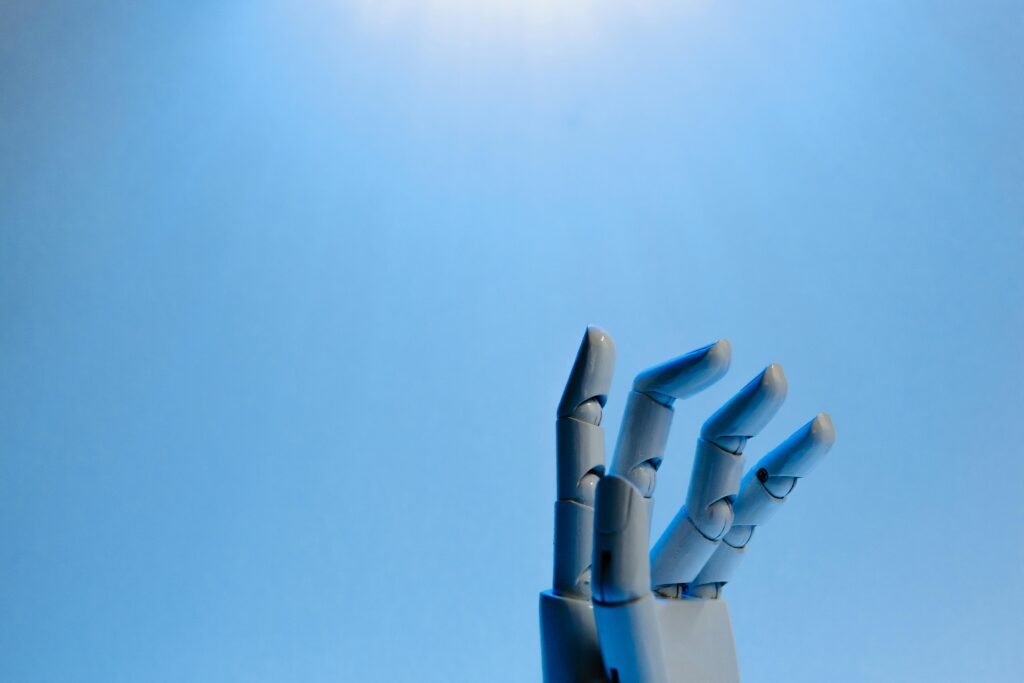🧠 AI-Generated Poetry: 7 Surprising Truths That Make It Beautiful and Bizarre
In an era where artificial intelligence writes news articles, paints portraits, and composes music, one question lingers for lovers of language:
Can AI-generated poetry be considered real poetry? Is it beautiful—or just bizarre?
At AiBlogQuest.com, we explore 7 surprising truths about how AI is disrupting literature, bending verse, and challenging the soul of human creativity.
✍️ 1. AI-Generated Poetry Is Already Winning Awards
AI writing models like GPT-4, Sudowrite, and Deep-speare have generated poems that critics initially believed were human-made.
📜 Example: A machine-generated haiku once placed in a national poetry contest—without the judges knowing it wasn’t human.
💡 Takeaway: The line between human and machine creativity is blurrier than ever.
🎭 2. AI Can Mimic Style—But Not Meaning
AI can replicate the rhythm, rhyme, and literary devices of poets like Shakespeare, Emily Dickinson, or Rupi Kaur.
🤖 But: It often lacks emotional intent, lived experience, and deeper meaning behind the lines.
🎯 Result: Many poems look poetic but feel hollow on emotional impact.
🔥 3. The Weirdness Factor Is Surprisingly Appealing
AI-generated poetry often veers into the absurd, surreal, or dreamlike.
📌 Example: A GPT-generated poem might describe “a sky made of forgotten passwords.”
🎨 Fans say: That’s not a flaw—it’s a feature that challenges literary norms.
🌐 4. AI Poetry is Fueling New Genres and Creative Projects
Writers and artists now collaborate with AI to:
-
Remix classic poems
-
Generate entire poetry books
-
Create visual poems with AI-generated images
🧬 Emerging genre: Human-AI hybrid literature is becoming its own subfield of experimental writing.
🧠 5. You Can Train AI on Your Own Poetry Style
Using tools like Sudowrite or Hugging Face Transformers, you can feed your poetry into a model that learns your voice.
🖋️ Result: The AI becomes your poetic apprentice, helping generate first drafts or inspiring new formats.
🎯 6. AI-Generated Poetry Sparks Ethical Debate
Writers ask:
-
Should AI poems be labeled clearly?
-
Can you copyright AI-written poetry?
-
Is machine creativity real creativity?
⚖️ Legal status: As of 2025, most countries don’t allow copyright on AI-only creations.
📈 7. It’s Inspiring a Whole New Generation of Poets
You don’t have to be an expert in form or meter—just input a mood, idea, or phrase and watch AI co-create with you.
✨ Takeaway: AI-generated poetry is making verse more accessible, especially for beginners or tech-savvy youth.
🔗 Useful Links from AiBlogQuest.com
❓ FAQ: AI-Generated Poetry
Q1. What is AI-generated poetry?
It refers to poems created by artificial intelligence models trained on large datasets of literary works.
Q2. Can AI write emotional poetry like humans?
AI can mimic the structure and style of emotion, but true feeling and personal experience are often lacking.
Q3. Are AI poems original?
Technically, yes—though they are based on patterns learned from existing literature. However, plagiarism checks are still important.
Q4. What are the best tools for AI poetry in 2025?
Top tools include Sudowrite, ChatGPT, Verse by Verse by Google, and Deep-speare.
Q5. Is AI-generated poetry considered real art?
That’s subjective. Some see it as a new genre of digital art, while others believe true poetry must come from lived human experience.
🏁 Final Thoughts
So, is AI-generated poetry beautiful or bizarre?
The truth is—it’s both. While machines may not feel, they can still help us feel something. Whether that’s awe, confusion, or inspiration, AI is now part of the poetic conversation.
For more fascinating stories at the intersection of tech and creativity, visit AiBlogQuest.com.
🏷️ Tags:
AI-generated poetry, poetry and AI, AI writing tools, machine-written poems, creative AI, aiblogquest, bit2050



